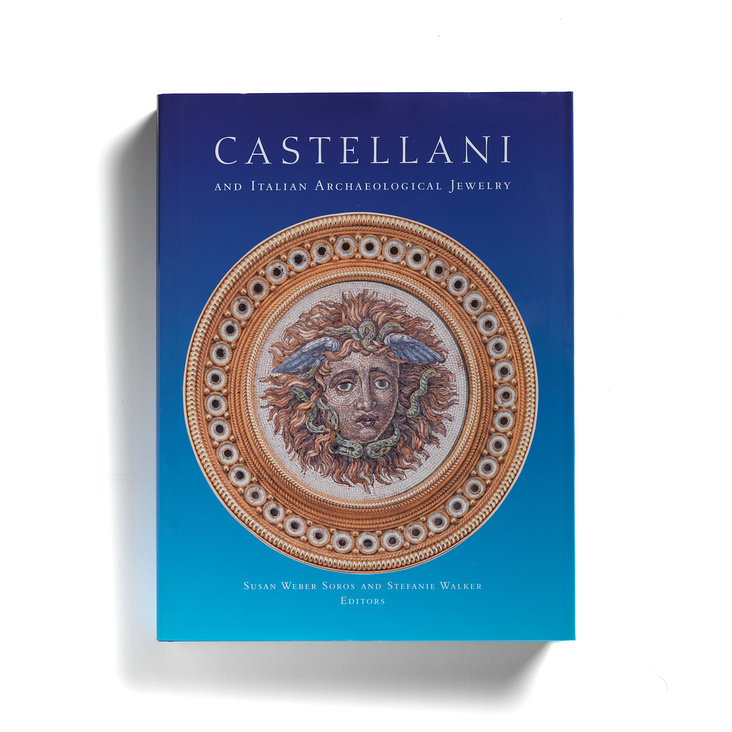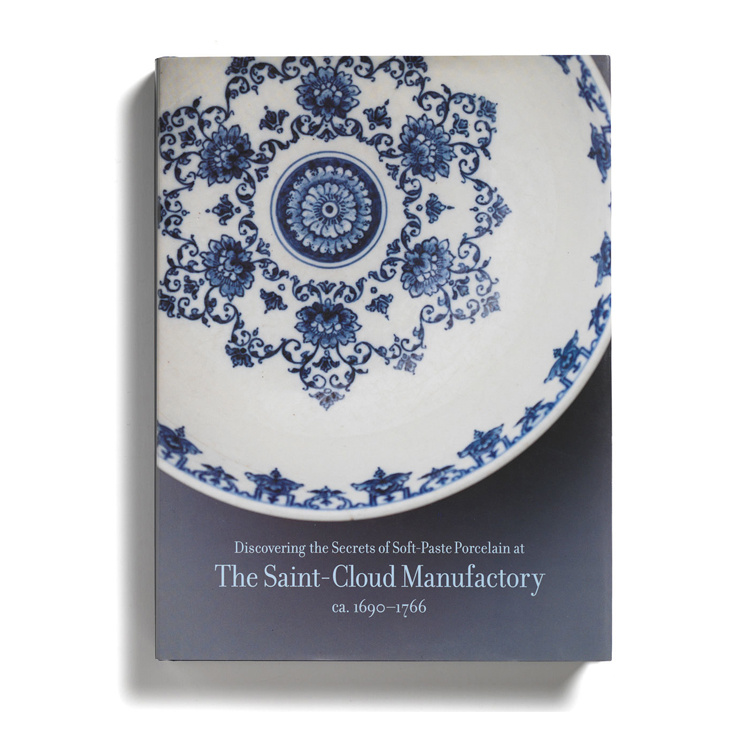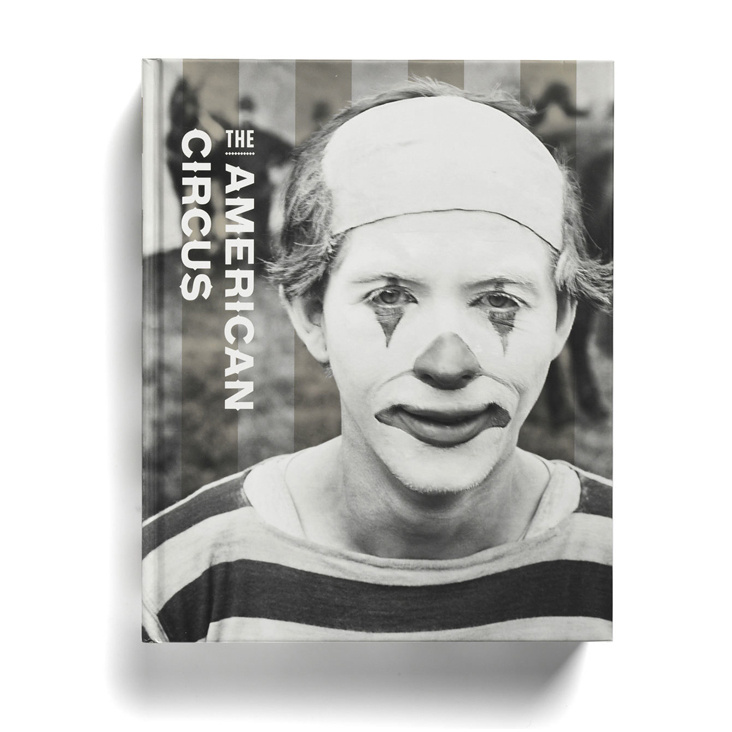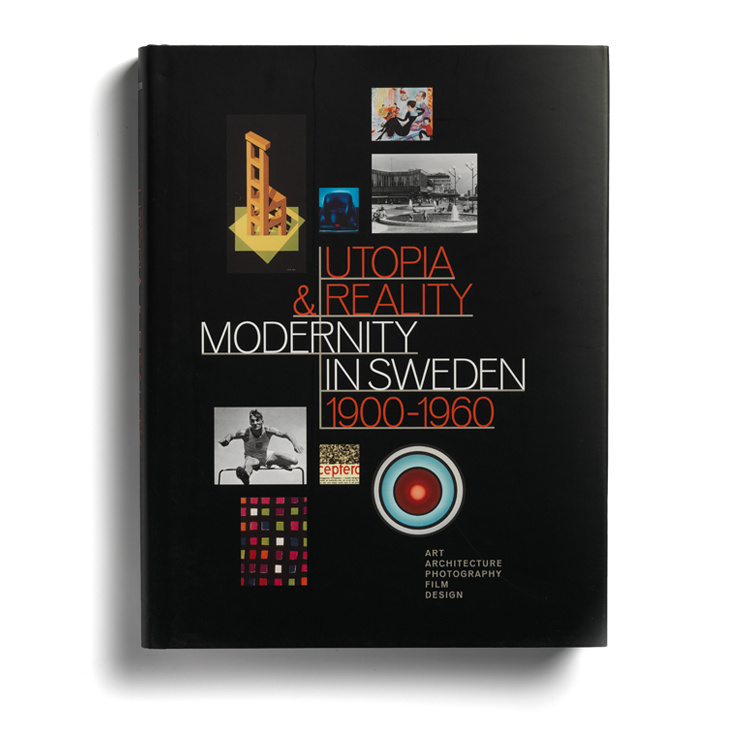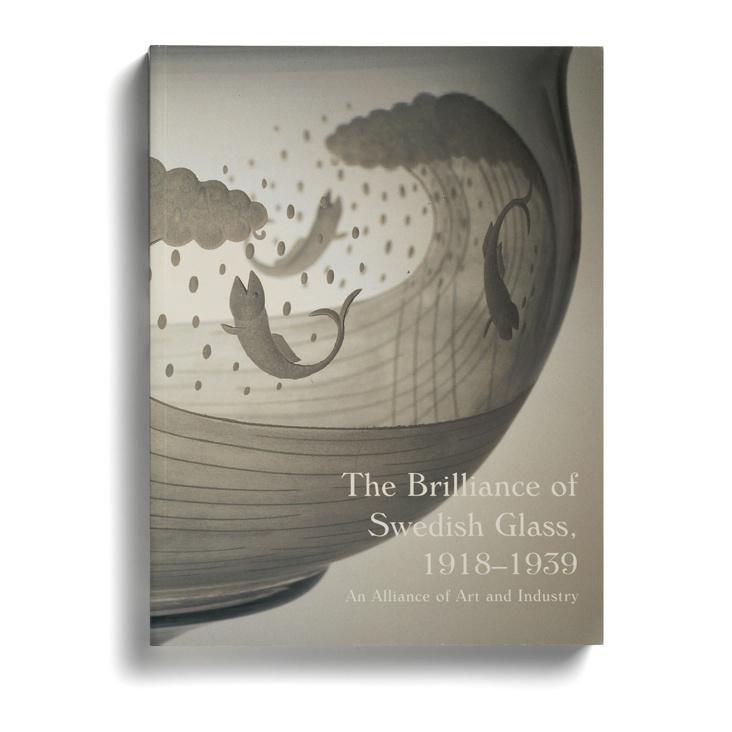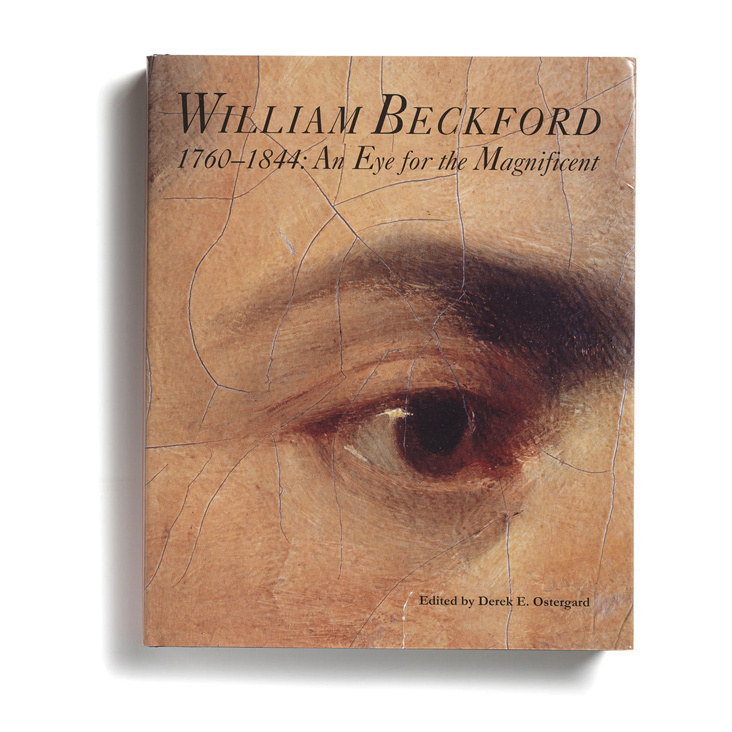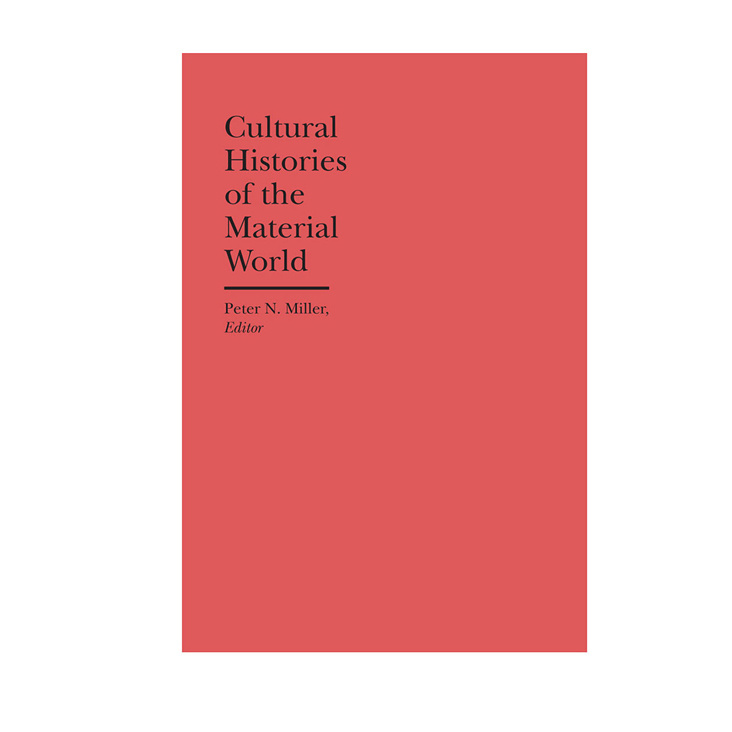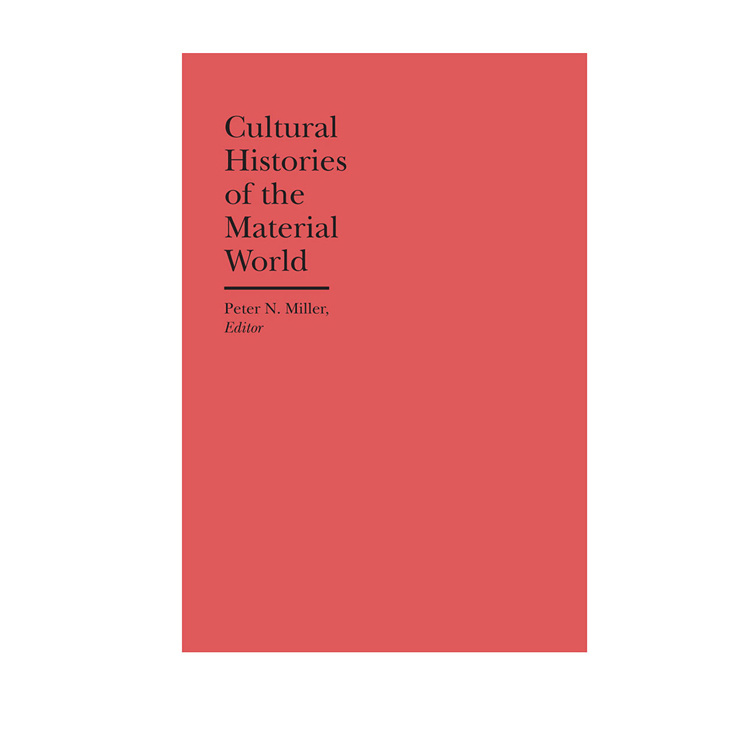“REvisions” is the ongoing series launched with the Research Forum in which faculty and invited contributors are invited to rummage through Bard Graduate Center’s archive of video lectures, published chapters, and print articles and discover new themes and hitherto unexplored connections. The premise is that while all these varied research “outputs” are published with a coherence evident to their conveners and editors in the moment of organization that further connections may become apparent in time. Moreover, institutional intellectual commitments mean that continuities of this sort cannot be dismissed as merely adventitious. “REvisions” therefore offers, also, an opportunity to see the “hive mind” in action: an institution as a thinking, living, collective organism.
REvisions 5: Comparison

Comparison is a fundamental epistemological practice. René Descartes presented it as one of the fundamental principles of cognition. Charles Darwin derived his thinking about evolution from comparing speciation with coral formation. Ernst Mach elevated comparison to a principle without which science could not function. Max Weber’s historical sociology was built on comparing like forms in different geographical and political formations. Heinrich Wölfflin created the modern discipline of art history through his practice of illustrating lectures with side-by-side slide comparison. Next on the left and right! And, yet, despite these very clear and important formulations, we would be hard-pressed to locate an academic “history of comparison.” The subject seems not to exist.
There is a structural reason for this: academics come from university departments, and departments almost always identify with discrete disciplines. Comparison, as such, rubs many academics the wrong way. Of course, since the 1960s, if not before, the one-point perspective of department=discipline has been challenged by the rise of “programs” and “committees” whose mandate to cross disciplinary boundaries was underpinned by explicitly comparative claims. Think of “comparative politics,” “comparative literature,” or “comparative studies in history and anthropology.” All of this work happened outside of departments. And where this challenge had no purchase, little changed. “Comparative history,” for example, remains a marginal practice among historians.
“Cultural history,” for its part, is comparative through and through. Books are compared with things, things with symbolic forms, and symbolic forms with utterance and performance. The result is a morphological explanatory structure that attempts to grasp in some meaningful way the wholeness of the human production of reality (Cultura as opposed to Natura). Cultural history was rejected in the nineteenth century by historians with “hard” subject matter, like rulers or battles, and viewed askance as a covert vehicle for giving the “great unwashed” too much importance. As late as the 1960s great historians such as Felix Gilbert and Ernst Gombrich wrote about “the problem of cultural history” or went “in search of cultural history.”
Decorative arts, design, material culture—these are different forms of cultural history. As such they have had a hard time finding a home in the university. Even now, with amber-eyed hares in every home, and every historical problem seemingly relatable through 10, 100, or 1000 objects, they remain to the side. At Bard Graduate Center these approaches have been central to the institution’s practice and identity from its very beginning. And, as such, the comparative gesture is familiar; so familiar, in fact, that it has never figured as a central institutional theme. This REvision is therefore quite properly devoted to “comparison.” It reveals the centrality and power of this approach and documents the role it has played in the research practice of this institution over twenty-five years of scholars and scholarship.




